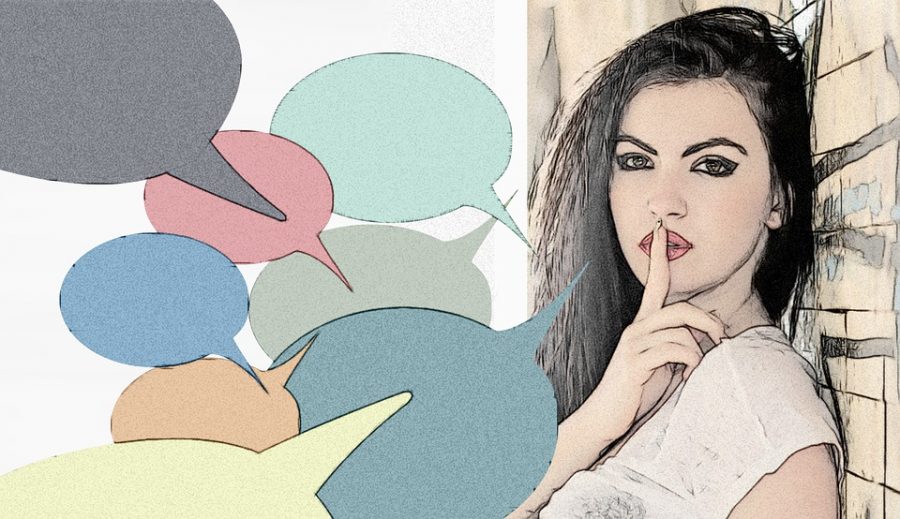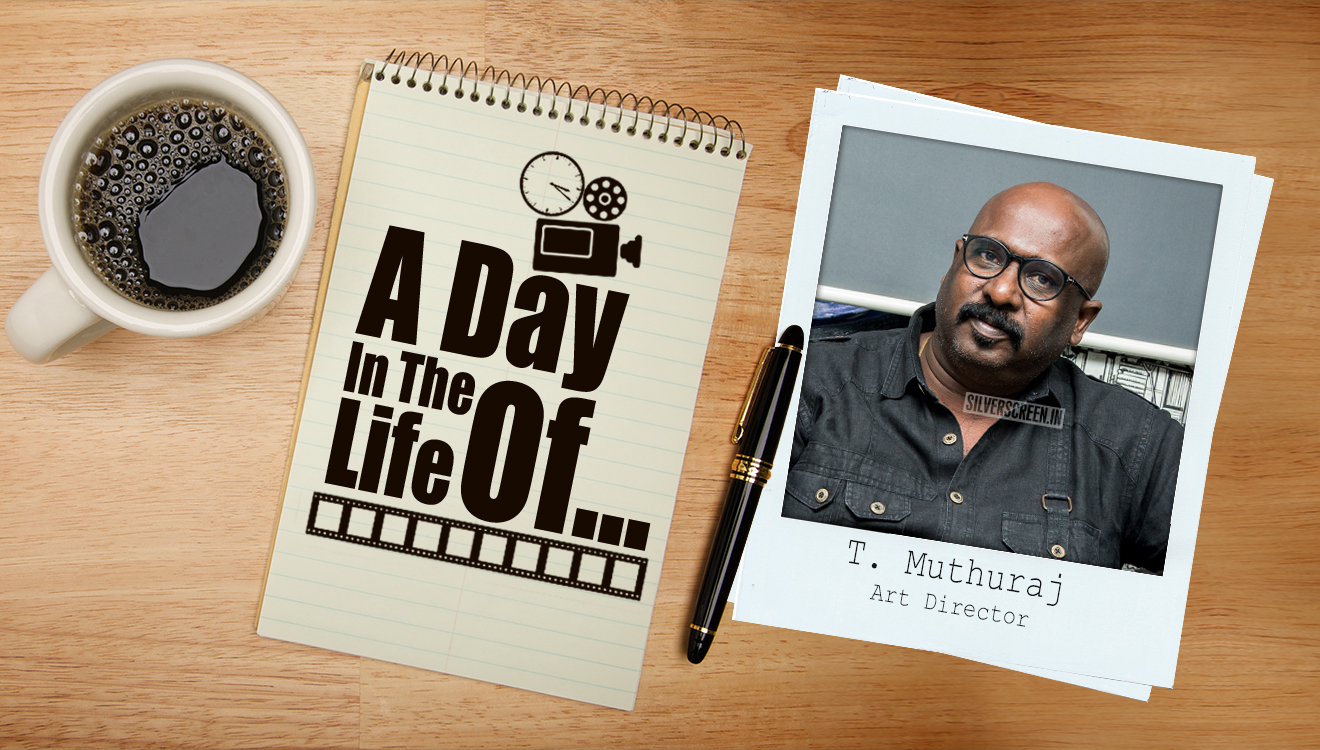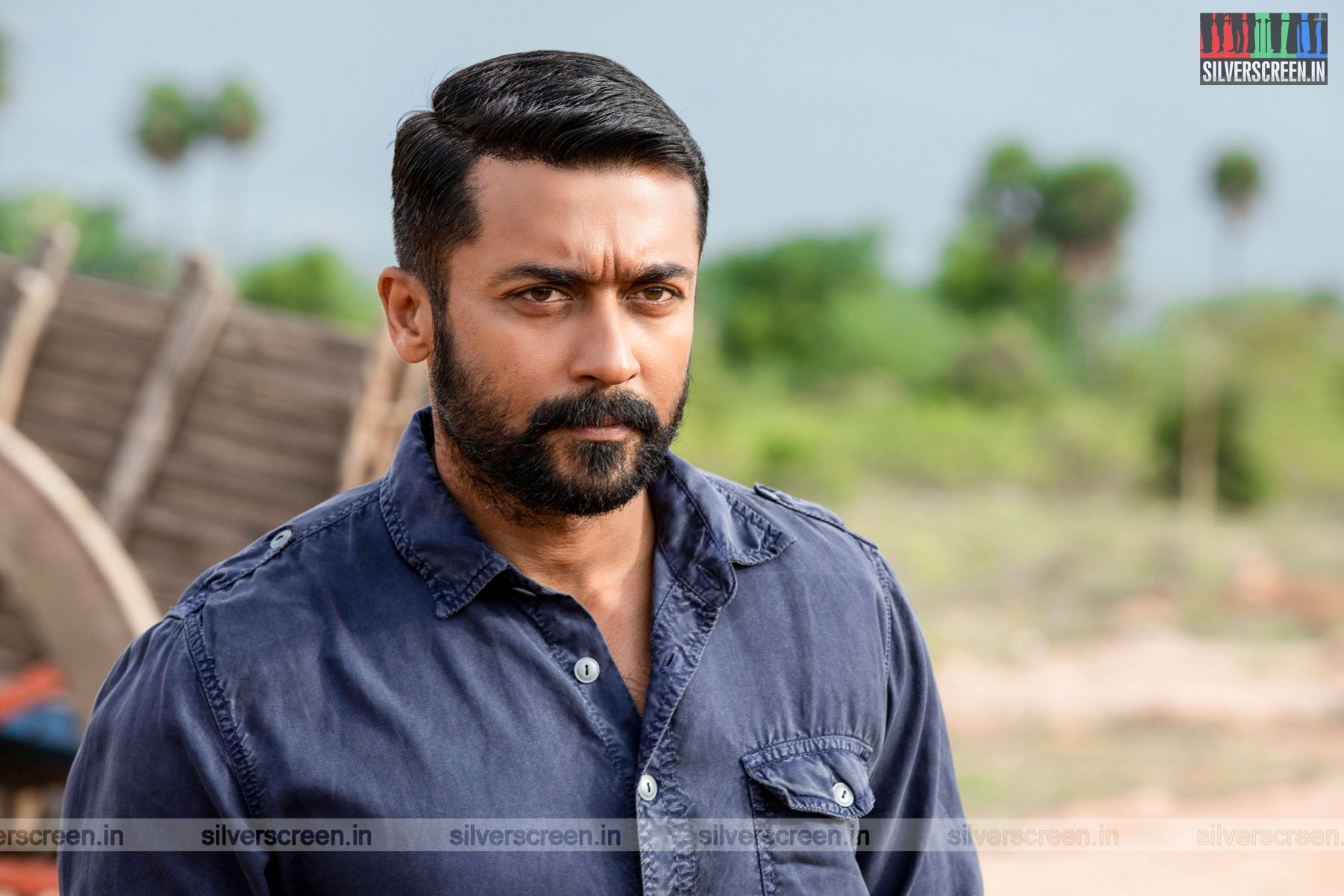Women cannot stop talking — this is thrown at women so often and so many times. It is a cliche that refuses to go away.
We have even built mythologies and legends around it. A story in the Mahabharata goes that on hearing Karna’s death, Kunti tells Yudhisthira and Bheema that Karna was indeed their elder brother. Yudhisthira, taking the high moral ground, curses his mother and says that women henceforth will not be able to hold secrets, that they will talk and in so doing, give away everything they hold.
Stereotypes aside, when it comes to cinema, a recent study showed that men talk more — way more — than women. A story in The Wrap says that in movies, white men continue to get more screen time, and more dialogues than women. Nearly 70 per cent of the dialogues in films come from men.
If this is surprising, or new, please point me to the rock you’ve been living under.
According to the report, USC Viterbi School of Engineering’s Signal Analysis and Interpretation Lab (SAIL) analysed over 1,000 scripts for movies and television shows, and calculated that of the 7,000 named characters in these movies, and 53,000 lines of dialogues in total, women only had 2,000 named characters, and spoke only 15,000 lines of dialogue.
Men speak 70 per cent of the time
I am only tangentially a man, and I speak way more than my other colleagues at Silverscreen. I write insufferably longer posts than all the others too.
Not only do women have fewer characters and fewer speaking parts than the men, this number is also slipping down.
The report above also says that San Diego University’s Centre for Study of Women in Film & Television found that in 2016’s 100 biggest films, 32 per cent of the 2,595 female characters actually had speaking roles, down one percentage point from 2015.
A paper published in 1990 in the Journal of Applied Psycholinguistics, showed that in group conversations, in a mixed group, women are seen as speaking more even if, in fact, they speak less than the men.
The Geena Davis Institute found that in film scenes a group with only 17 per cent women is seen as 50-50 per cent, while a group with 33 percent women is seen as “women dominated”.
Another study found that a group will need to have at least 60-80 per cent women, for them to get an equal share in talking time.
***
Again, if this comes to you as anything but confirmation of things you already knew or heard, we need to talk.
Actually, we have. Silverscreen earlier reported that the gender gap is wide in Hollywood, although 2017 saw more women in lead roles.
However, diversity is another problem — of the women who do get lead roles, it’s often white women who benefit from any attempts at closing the gap.
The roles, characters, and representation in Hollywood films are so bad for women that Jessica Chastain had to stand up in Cannes, and say she found it disturbing.
So bad, that a film festival had to label films that had good roles for women, had to create a whole new rating system for it. How many films passed the test?
***
Oh this is all Hollywood
Yes. This is in Hollywood.
It’s worse here, in Tamil, Hindi, Telugu cinema. And the other regional cinemas.
And let’s not even talk of the real-life problems faced by actresses.
Women are treated so badly in Indian film industries, Jyothika had to request filmmakers and fans alike to treat women with respect. A big star, who runs a production house, had to request for something as basic as dignity and respect.
Director Suraj earlier said he preferred his heroines to merely look beautiful, and would rather they wear skimpy clothes.
Every second film we’ve seen in Tamil — shows us that the “haughty” woman is tamed and made “good” by the man, and part of the taming process is to deny her the power of speech. Rajinikanth has shown this over and over again. We believe the “good” girl is the one who’s silent, docile. The evil, vamp woman is the one who dares speak to the hero. Loose morals are equated with speech for women.
Recommended
A Hindustan Times report quotes Kalki Koechlin as saying, “Women are seen in very easy categories. An innocent and beautiful woman is the heroine and the extreme opposite is someone who is sexually-confident, and she is always the villain. However, slowly the lines are blurring. People are not apologetic about strong female characters. Films have started showing women in a realistic light.”
What an actress wears is more important than what she says. If she manages to say anything at all. When Priyanka Chopra met Prime Minister Narendra Modi, she was trolled on Instagram and Twitter for daring to wear a lovely dress. No one was interested in what she had to say to Modi, or Modi to her.
And despite all this, when a woman does indeed manage to say something, we are immediately forced to shut her down. We troll her mercilessly, using abusive, sexist language to ensure that no woman dares utter a word. Trisha. Chinmayi Sripada. Neha Dhupia. If you cannot silence women with a script, you can always silence them on Twitter.



